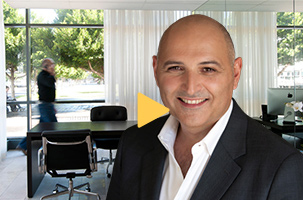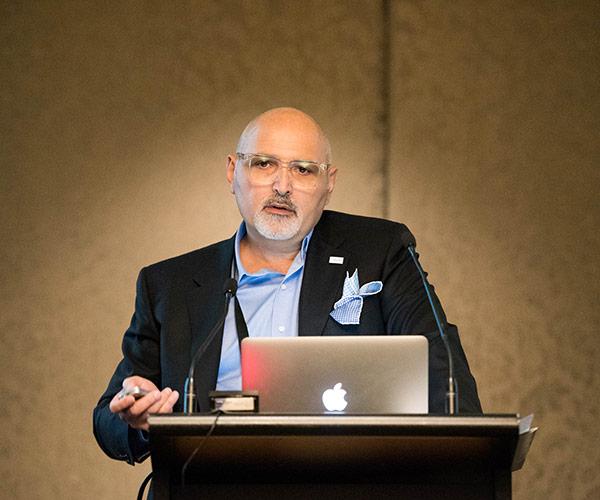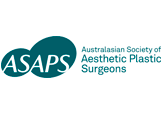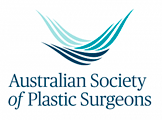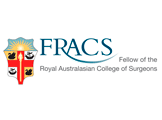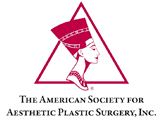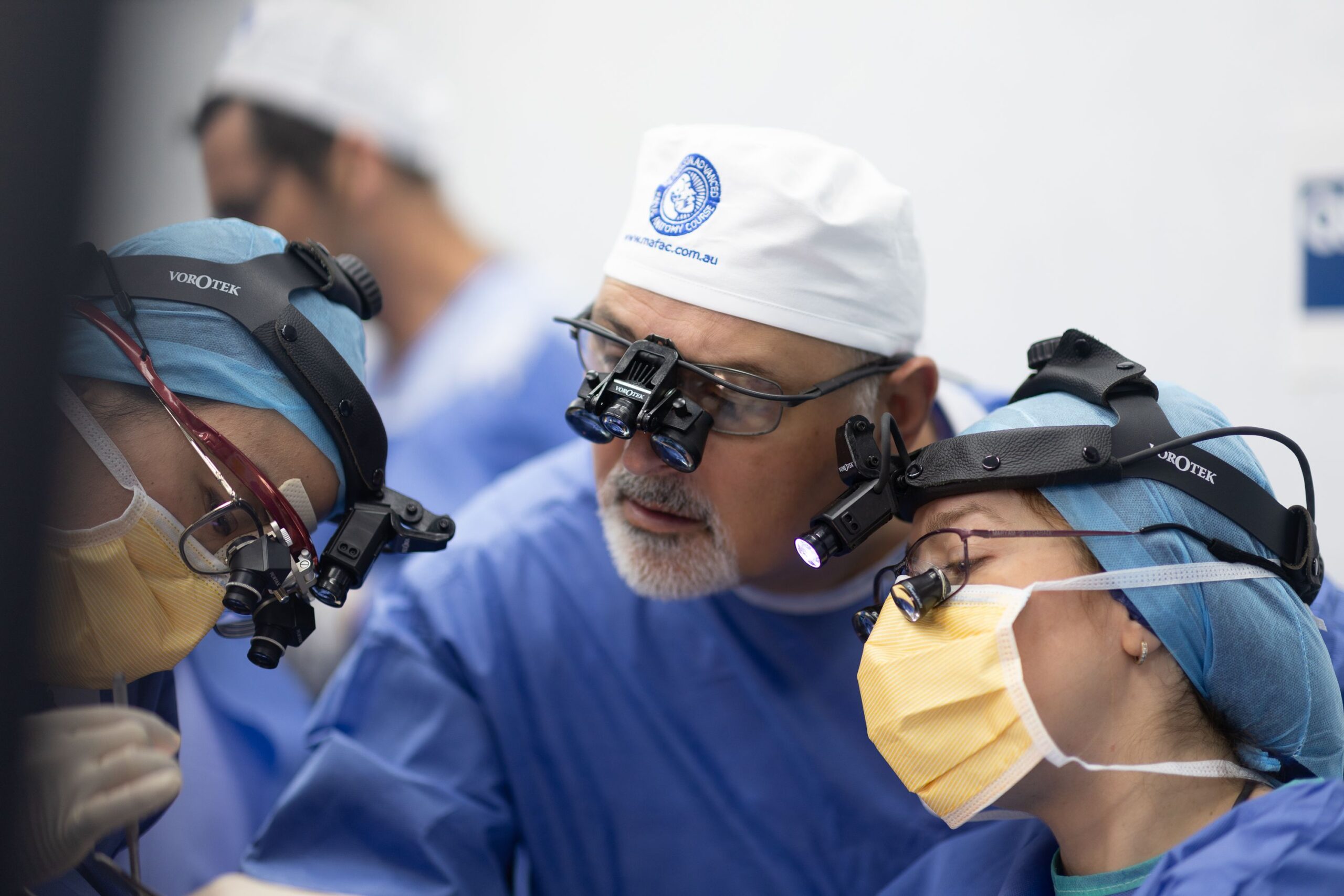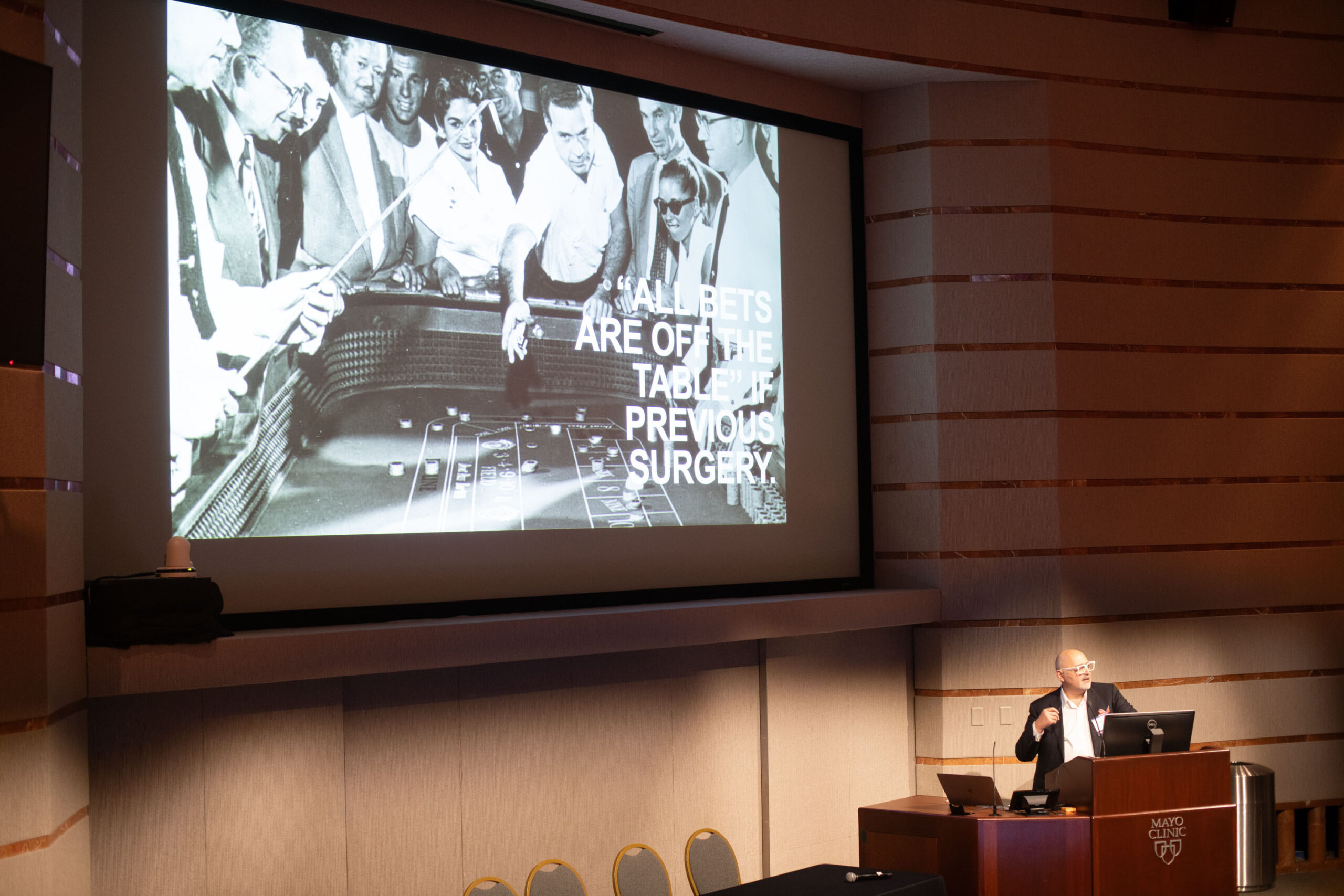Quick Facts
- Procedure Duration: 1.5–3 hours.
- Anaesthesia: General anaesthesia or local anaesthesia with sedation.
- Hospital Stay: Day surgery.
- Results: Initial improvements visible within weeks, with final results after 2–3 months.
- Longevity: Results can last 10–15 years or longer.
- Best Candidates: Healthy individuals with drooping brows, forehead lines, or a tired, aged appearance.
What to Expect
Before Surgery:
During your consultation with Dr. Tim, you’ll discuss your concerns and goals. Dr. Tim will evaluate your facial anatomy and recommend the best brow lift technique to achieve natural, harmonious results. You’ll also receive detailed preoperative instructions.
During Surgery:
The surgery is performed in a fully accredited surgical facility. The chosen brow lift technique will depend on your anatomy and goals. Careful incisions ensure minimal scarring, and tissues are repositioned to elevate the brows and smooth the forehead.
After Surgery:
Swelling and mild bruising are common but resolve gradually. You may also experience a feeling of tightness in the forehead, which subsides as healing progresses.
A brow lift (foreheadplasty) is a surgical procedure that elevates the brows and smooths wrinkles, creating a more youthful and refreshed upper face.
Ideal candidates are healthy individuals with sagging eyebrows, deep forehead lines, or frown lines who desire a more rejuvenated appearance.
With proper care, results can last 10–15 years. Factors such as lifestyle and skin quality can influence longevity.
Incisions are strategically placed within the hairline or natural creases, making scars discreet. With time and proper care, they fade significantly.
Most patients return to light activities after 1–2 weeks, with full recovery taking 2–3 months as swelling resolves.
Yes, it’s often combined with eyelid surgery, facelifts, or non-surgical treatments like Botox® for comprehensive facial rejuvenation
Risks
While brow lift surgery is generally safe, potential risks include:
- Swelling and bruising.
- Temporary or permanent numbness in the forehead or scalp.
- Scarring (which typically fades over time).
- There is a rare risk of asymmetry or eyebrow position changes.
- Hairline changes or hair thinning near the incision sites.
Recovery Tips
- Follow Post-Operative Instructions: Dr. Tim’s team will provide comprehensive aftercare guidelines to ensure a smooth recovery.
- Manage Swelling: Use cold compresses and elevate your head to reduce swelling.
- Avoid Strenuous Activities: Refrain from vigorous exercise or heavy lifting for at least 2–3 weeks.
- Protect Your Incisions: Keep the area clean and avoid exposing incisions to direct sunlight.
- Be Gentle: Avoid rubbing or pulling on the forehead during recovery.
- Stay Hydrated and Eat Well: Proper nutrition supports healing and reduces inflammation.

